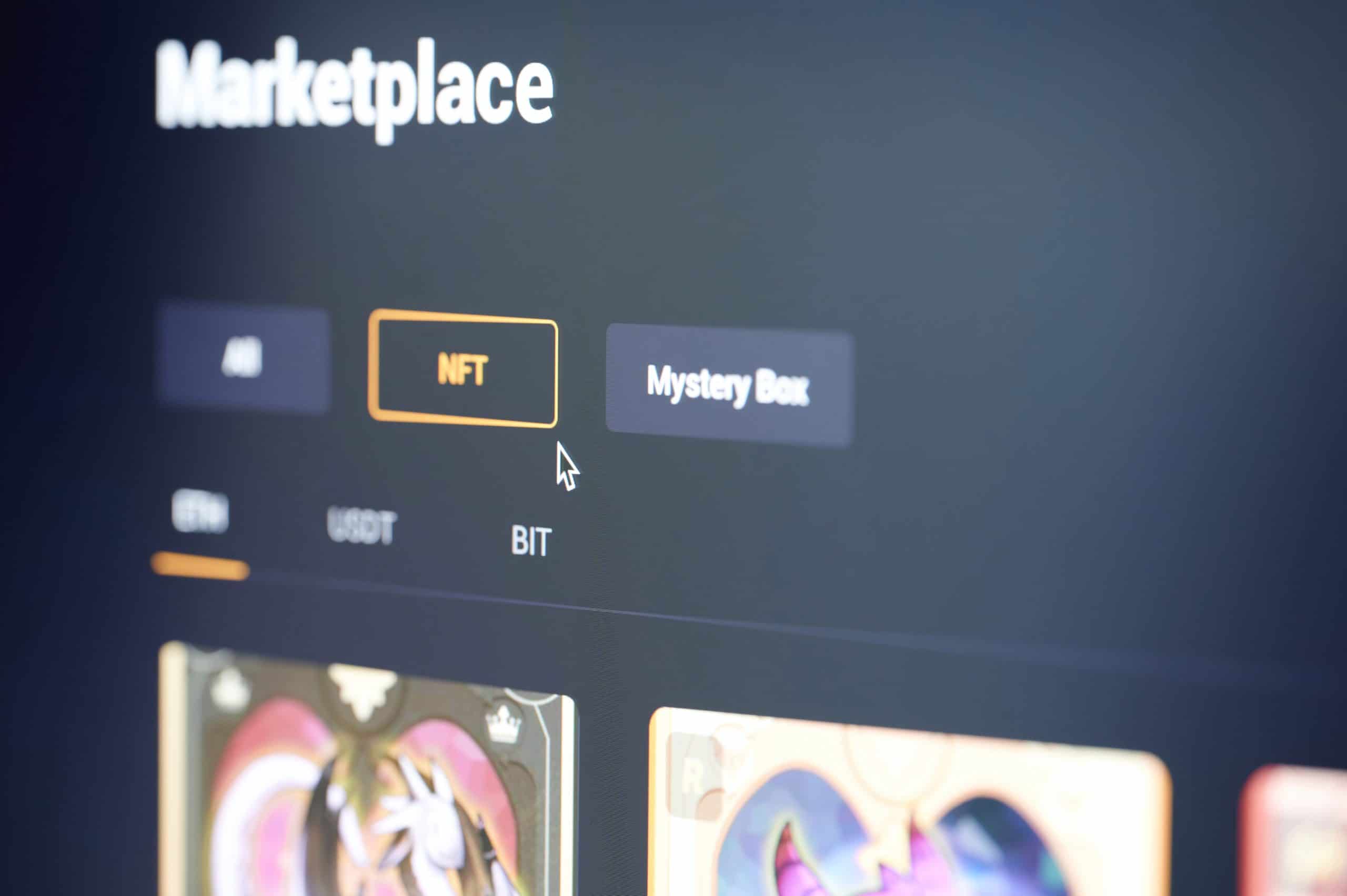A few days ago, it was reported that the Marketplace suspended most of the non-fungible tokens (NFT) sales. That suspension was due to circulating fake content and plagiarism.
Fraud, scams, fakes, and plagiarism can be found throughout the NFT space. These issues became worse that Cent, an American NFT marketplace, took a drastic step – to suspend sales of NFTs.
Cent once successfully sold one of the earliest NFTs for $2.9 million worth of cryptocurrency, which is the former Twitter CEO Jack Dorsey’s first tweet. However, the platform’s most transactions have been halted since February 6 because people have been selling content tokens that they did not own.
Cent CEO Cameron Hejazi considered the counterfeit digital assets that users tried to sell as “rampant” in the fast-growing digital assets market.
“In general, there is a spectrum of activity that occurs, but it shouldn’t be happening,” he said. “We would ban offending accounts, but it was like we’re playing a game of whack-a-mole… Every time we would ban one, another one would come up, or three more would come up.”
NFTs are cryptocurrency assets that record digital file ownership, including text, image, or video. These digital assets have risen in popularity in early 2021, with different NFT artworks being sold for millions of dollars.
They exist on the blockchain transaction record being kept on networked computers. The blockchain allows anyone to verify the authenticity of each NFT and even its owner. After all, it acts as a public ledger.
Unlike other digital items, NFTs comes with a unique signature. In other words, they are one of a kind and cannot be endlessly reproduced. They are often bought in dollars or cryptocurrencies. Anyone can view NFTS, but only the buyers can have the official owner status.
Buying NFT images or videos does not necessarily mean the buyers get the underlying copyright. Text, music, photos, videos, tweets, and other digital objects can be sold and bought as NFTs.
Digital art is known to make some of the most high-profile sales, whereas some sports fans trade or collect NFTs associated with a specific team or player. For example, on the National Basketball Association Top Shot platform, enthusiasts buy collectible NFTs, like games’ video highlights of games.
These game highlights are available for free on different platforms like YouTube. However, people buy the NFT forms to gain the owner status, especially because of the unique digital signature.
NFTs can also be digital clothing, patches of land in virtual environments, or even exclusive use of crypto wallet names. They have been traded since 2017, but the rise in popularity occurred in 2021.
According to market tracker DappRadar, NFT sales volumes have reached as high as $10.7 billion in 2021 third quarter, which is over eightfold more than the previous year.
Lockdowns are one of the potential reasons behind the NFT trend since people were forced to stay at home and rely on the Internet. NFTs allow anyone to have a possession in virtual and online environments, which communicates personal taste and social status. Some people consider buying NFTs like buying a pair of expensive sneakers.
The cryptocurrencies’ recent price gains, especially in Bitcoins, rose around 300 percent in 2020, and this made crypto-rich investors spend their cryptos on NFTs.
Many enthusiasts believe that NFTs can be the future of ownership. Different kinds of property will have ownership status in a tokenized way, from event tickets to real estate properties.
For artists, NFTs have the potential to solve the problem of monetizing digital artworks. Artists can receive more income since they can get a royalty whenever NFTs change after the initial sale. NFTs can also transform gaming, sports, and music.
However, NFTs remain unregulated, where there is no guarantee of their value. Anyone can “mint” or create an NFT, and the token ownership does not confer the underlying item’s ownership in most cases. Some people use pseudonyms, making scams and frauds a risk.
There are several ways to scam someone when buying NFTs: unverified sellers, fake sellers, and fake marketplaces. These things are a concern to buyers. As for investors, some people can take advantage of them by offering fraudulent projects or impersonating real artists and then selling copies of artworks at a fraction of what the original works are going for.
NFT sales surged to around $25 billion in the previous year, which in return made a lot of people were puzzled why some individuals spend so much money on items that they can only view online and do not physically exist.
Reports of wash-trading, counterfeits, and scams have become a common thing. Hejazi said, “There’s a spectrum of activity that is happening that basically shouldn’t be happening – like, legally.”
“Recently, on our network, we’ve seen people taking others’ work and re-minting it using our services. We believe these people are bad actors who only engage with Cent for the purpose of tricking others into purchasing counterfeit work. We do not condone this behavior – ethically, legally, and philosophically, it goes against our values and what we stand for as a company.”
The Cent marketplace beta.cent.co has suspended NFT sales, but the “valuables” like the NFTs of tweets are still active.
The Cent CEO highlighted three significant problems: people selling NFT sets resembling security, making NFTs of content they do not own, and selling unauthorized other NFT copies. He said these problems are getting worse since more and more big brands join in on the Web3 and Metaverse. Gucci and Coca-Cola (KO.N) are among the big companies to have sold NFTs. Meanwhile, YouTube has been reported to explore NFT features.
While Cent is considered a small NFT platform with around 150,000 users and makes millions of dollars in revenue, the issues of illegal and fake content issues exist across the industry. The CEO assesses the issues of fake content and wants to protect the content creators by temporarily rolling out a centralized control while searching for the most suitable decentralized system.
After selling Jack Dorsey’s content, Hejazi realized what was occurring to the NFT market. He said, “We realize a lot of people are just after money.”
It is not even surprising that OpenSea, the biggest NFT marketplace valued at $13.3 billion after the latest venture funding round, announced that over 80% of its free minted NFTs were plagiarized works, spam, and fake collections.
OpenSea has recently implemented the 50-item limit on its tool that mints NFTs for free. However, the company removed that limit following the complaints from its users.
According to an OpenSea spokesperson, “It is against our policy to sell NFTs using plagiarized content.”
“We are working around the clock to ship products, add features, and refine our processes to meet the moment.”
Scams, fraud, and plagiarism are common issues in the NFT marketplace. No matter what measures are implemented, that issue is likely to occur to some degree, and it is a significant problem with decentralization.
So, what’s next for NFT enthusiasts?
The blockchain’s decentralized nature is appealing to many NFT enthusiasts. It allows users to create and trade different digital assets even without the central authority that controls the activities.
Now that Hejazi and other NFT marketplaces finally realized the issues of fake and plagiarized content, they may introduce some short-term measures to re-open the marketplace.
ChesWorkShop commits to presenting fair and reliable information on subjects including cryptocurrency, finance, trading, and stocks. However, we do not have the capacity to offer financial guidance, advocating instead for users to conduct their own diligent research.

